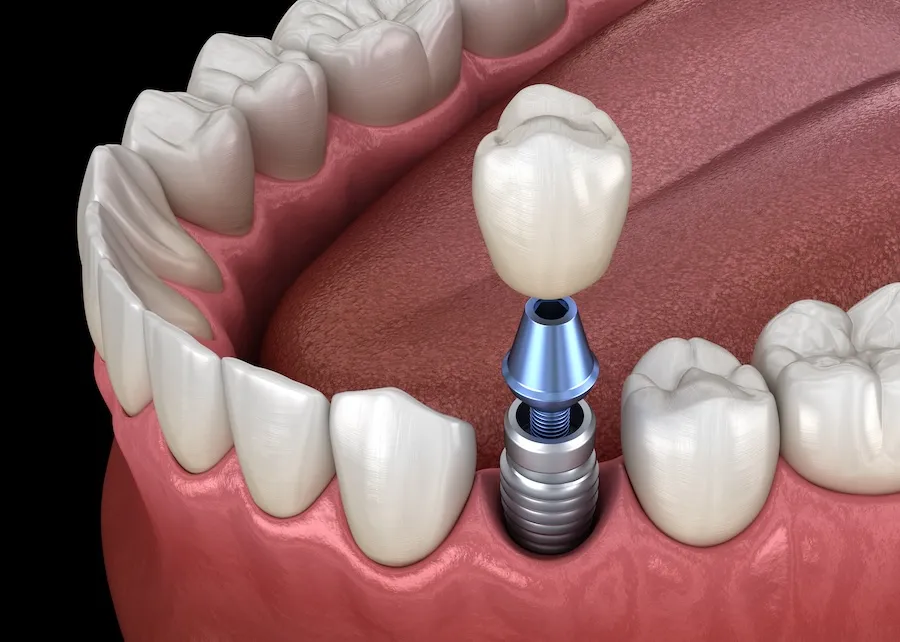Diet and Chronic Pain Foods That Help or Hurt
Managing chronic pain can feel overwhelming, but understanding the connection between diet and pain management may provide relief. While food alone cannot cure pain, making thoughtful dietary choices can support your overall well-being and potentially influence how your body responds to discomfort. Below, we’ll explore how specific foods may help alleviate or exacerbate chronic pain, offering guidance to empower your choices.
Anti-Inflammatory Foods for Pain Relief
Chronic pain and inflammation are closely related. Reducing inflammation can play a role in managing persistent discomfort. Including anti-inflammatory foods in your diet could help promote balance within your body. These nutrient-packed foods not only nourish your body but are also easy to incorporate into various meals.
Key choices for reducing inflammation:
- Fruits and Vegetables: Leafy greens, berries, and citrus fruits are rich in antioxidants that combat cellular stress.
- Healthy Fats: Options like olive oil, avocado, and fatty fish (like salmon) provide omega-3 fatty acids, which may reduce inflammation.
Foods That Could Trigger Pain
While some foods offer relief, others may worsen chronic pain by increasing inflammation or sensitivity in the body. Identifying potential triggers allows you to approach pain management proactively. Making mindful choices about these foods reduces the risk of unnecessary discomfort and promotes a more balanced lifestyle.
Common culprits to limit:
- Processed Sugars: Found in sodas, candy, and baked goods, these may intensify inflammation and lead to energy spikes and crashes.
- Refined Carbohydrates: White bread, pasta, and similar items cause insulin spikes that promote inflammatory responses.
The Role of Hydration
Though often overlooked, hydration is key for supporting pain management and overall well-being. Chronic dehydration contributes to headaches, muscle stiffness, or joint pain. Proper hydration helps your body remain balanced, and your tissues function as they should.
To stay hydrated, aim for at least eight glasses of water daily, adjusting for activity levels. For variety, try herbal teas or infuse water with fruits like cucumber and lemon. Maintaining proper hydration helps improve your body’s resilience to pain triggers.
Building a Pain-Relief Meal Plan
Planning your meals around nutrient-dense, whole foods is a step toward effective pain management and chronic pain. Over time, these choices contribute to better overall health and may enhance your ability to manage discomfort. Simple yet thoughtful inclusions in your diet provide steady energy and support your body’s efforts to combat inflammation.
A balanced meal plan might include oatmeal topped with fresh berries and a sprinkle of flaxseeds for omega-3 at breakfast. For lunch, a large salad with spinach, grilled salmon, and a drizzle of olive oil offers key nutrients. Dinner could feature grilled chicken paired with sweet potatoes and broccoli, complemented by a ginger-infused herbal tea.
Small Steps with Pain Management
While diet is not a standalone solution, integrating intentional food choices into your strategy for managing chronic pain can lead to meaningful improvements over time. It’s important to listen to your body and consult with a healthcare professional to understand what works best for you. For more support, consult a nutritionist or explore resources tailored to pain management solutions.











Post Comment